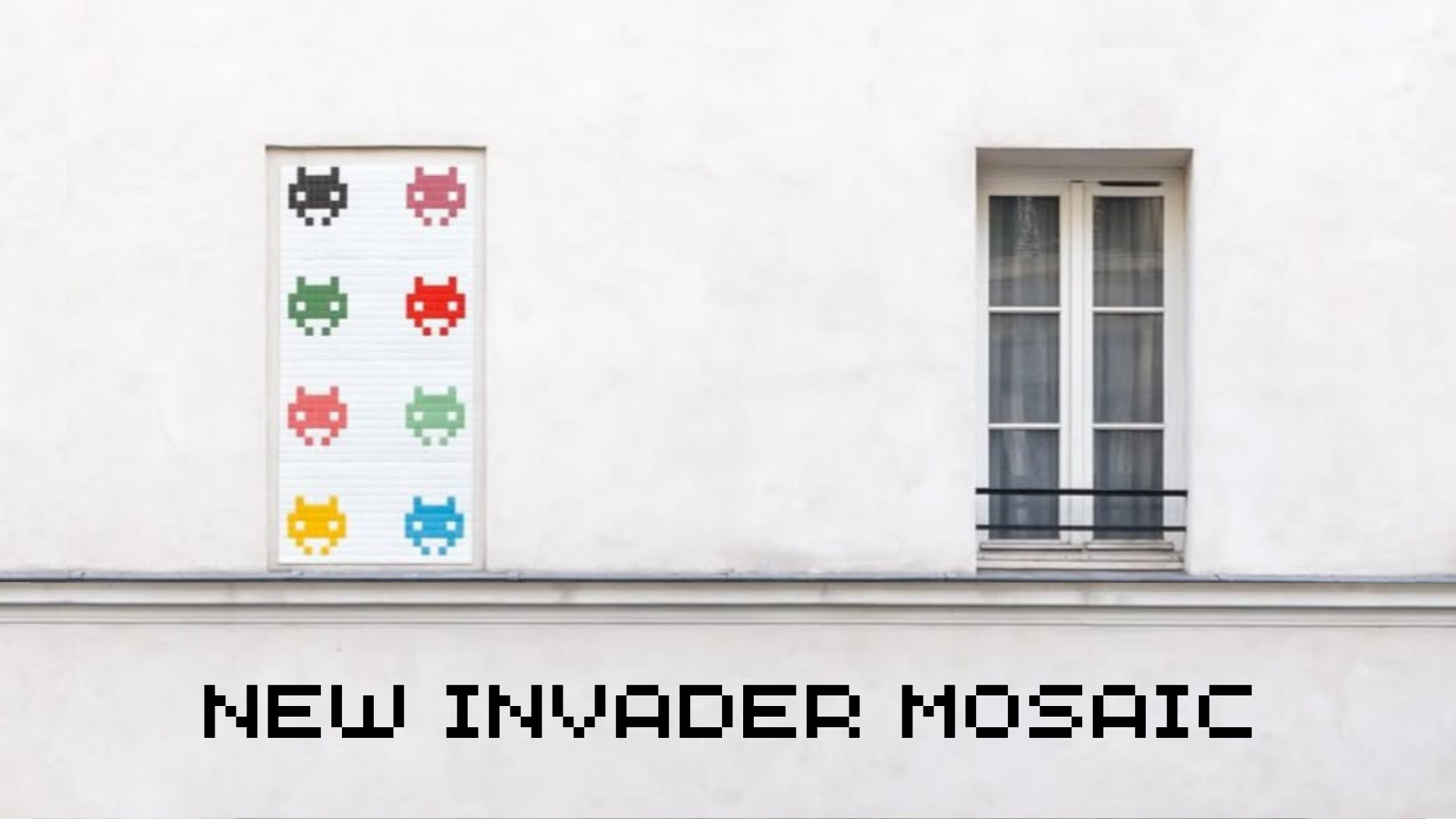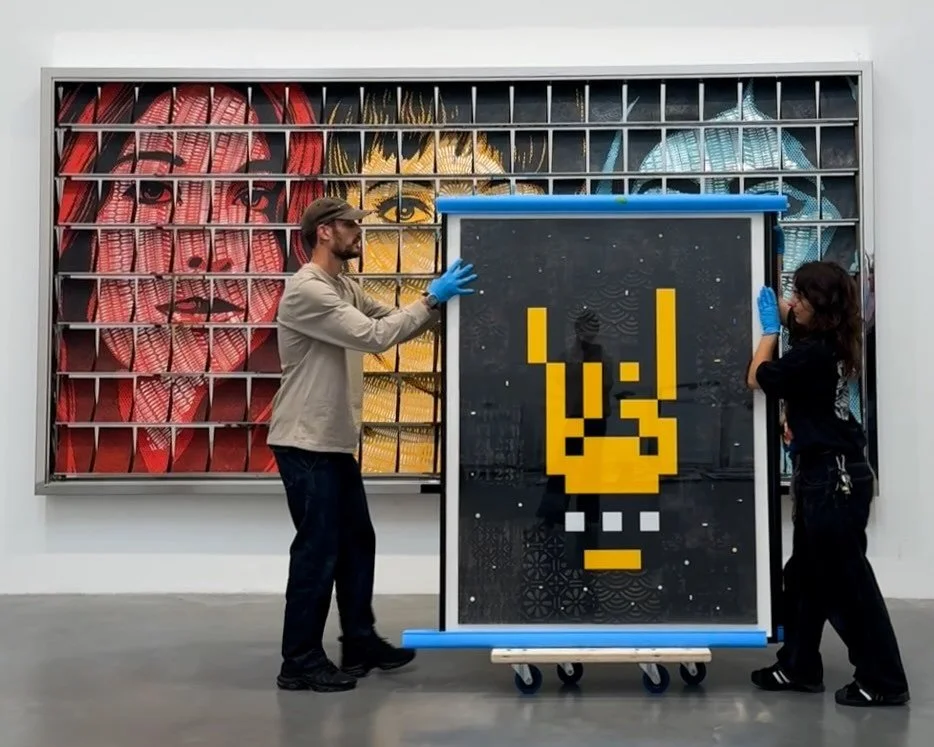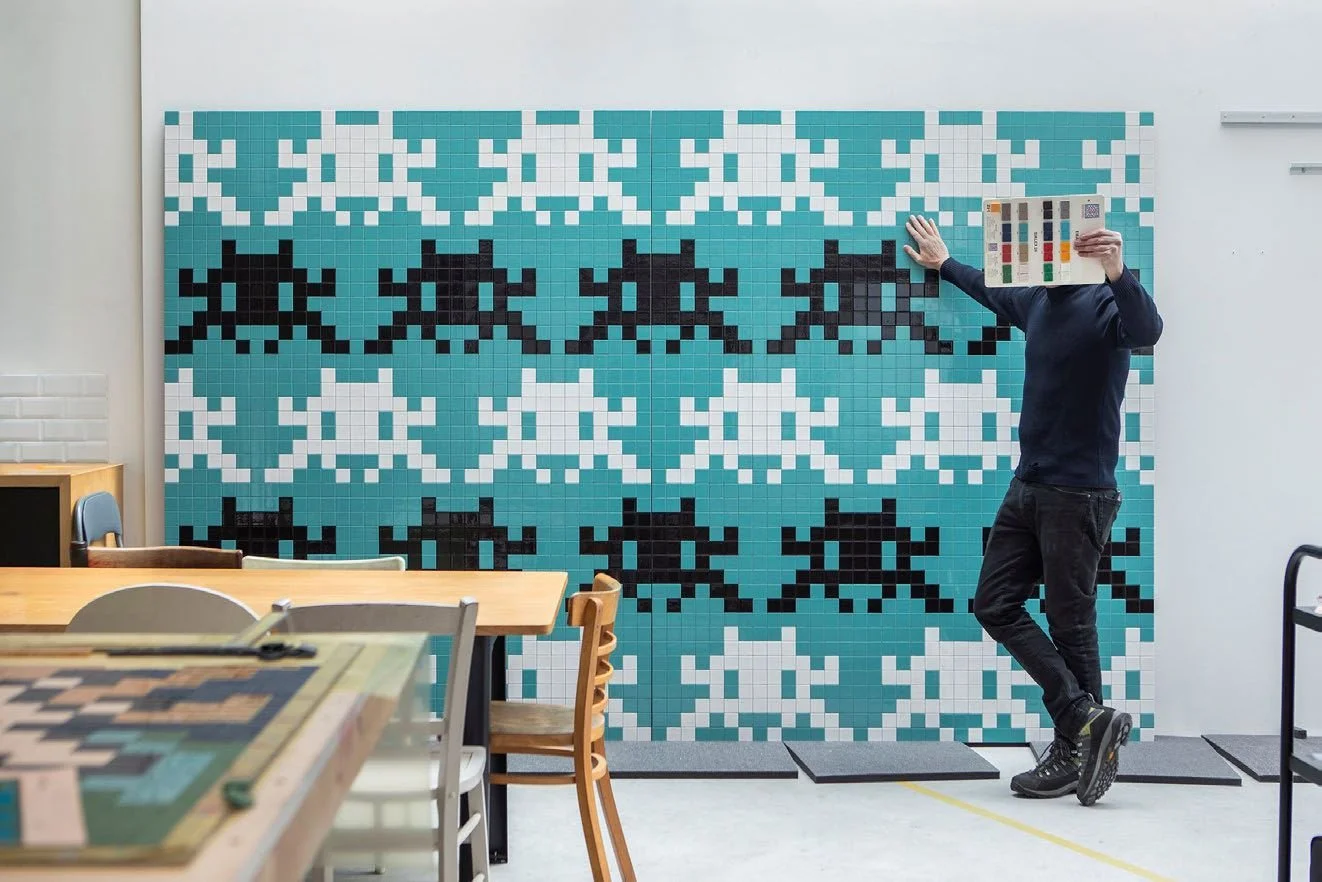Invader: The Pioneer of the Rubikcubsim Art Style
Read More
Invader is known for his ceramic mosaics, which have invaded cities worldwide. However, he is also the pioneer of Rubikcubism, which uses Rubik’s Cubes to create artworks with distinct vibrancy and abstraction. Although Rubik’s Cubes have a limited color palette of 6 colors, they create limitless possibilities and give way for creativity to flourish. Let us explore what it is and how it evolved into what it is today.
What is it?
Rubikcubism involves creating pixelated artwork using Rubik's Cubes. The 9 squares on each of the 6 faces of the cube act as single pixels. Each piece is meticulously arranged to form recognizable images. Artwork created from Rubikcubism is often inspired by video games and iconic pop art.
Nevertheless, the six vibrant colors of a standard Rubik’s Cube make it difficult to create shadows. Therefore, Rubikcubism art often lacks contrast, leading to the substitution of the colour black for blue.
Due to the size of the pixels, this cubist work requires people to take a step back to enjoy the full view of the art. As Invaders suggests, people should pinch their eyes, or look at it through a smartphone
Development
According to Invader's definition, translated from French to English, Rubikcubism is an artistic movement born in Paris at the beginning of the 21st century. As the definition suggests, the pieces are more than just artworks; they are an artistic movement, a revolution in art. Rubikcubism artworks are created after precise planning of Rubik’s Cubes. They form pictures that could only be seen in certain scenarios, paying tribute to the abstract Cubism art style. However, due to translation failure, the English definition of Rubikcubism is “a fine art school”, creating misinterpretations and misconceptions around the art community.
Invader incorporates the characteristics of mosaics into Rubikcubism, turning real-life images into pixel art with the use of vibrant colours of the Rubik’s Cube. These puzzles resonate strongly with Invader’s Global Space Invasion Project, as is the case for Space Invaders, Rubik’s Cubes was a game Invader had known long since and could be reappropriated for his work; thus aligning with the themes that define Invader.
These artworks take years of practice and inspiration; bending dozens or hundreds of cubes to create intricate and complex images using a palette of six colors per cube. Now, this would be difficult for any other artitst, but Invader accomplishes almost unheard-of perfection, producing pictures that frequently quote pop culture, record covers, or movie characters.
ACDC Highway to Hell Album Cover
Rubik ACDC
Mosaics vs Rubikcubism
Rubikcubism utilizes Rubik's Cubes as building blocks, and using the “pixels” on the cubes, artists create a pixelated effect. By focusing on the cube's position of vibrant colors, abstract images are created. Mosaics, on the other hand, are made from small, squared ceramic tiles arranged to form images on walls and urban surfaces. Due to this, they offer more flexibility in color and detail, allowing for intricate designs and shading.
Rubikcubism works are created in a controlled environment because they require precise cube arrangement, thus resulting in a lack of public Rubikcubism artworks, and appeals to only a limited number of audiences for its novelty and nostalgia. In contrast, mosaics are installed directly in public spaces, which are integrated with urban landscapes. This makes the artwork uncontrolled due to external environmental factors like the weather and the surface quality. It engages the public directly and becomes part of the cityscape.
Similarly, Rubikcubism and mosaics both often feature pop culture icons and video game characters.
LJU_18
Rubik Bubble Bobble
The Rubikcubism art style is truly multifaceted, combining the artist's fascination with games and popular culture through Rubik’s Cubes. The Rubik's Cube, invented in 1974 by Erno Rubik, has become part of popular culture and continues to captivate audiences worldwide. Invader's artworks and screen prints reproduce Rubik's invitation, repurposing the classic game and giving it a new life.
All rights reserved
~
We do not own any copyrights to the photos used
~
All rights reserved ~ We do not own any copyrights to the photos used ~
























